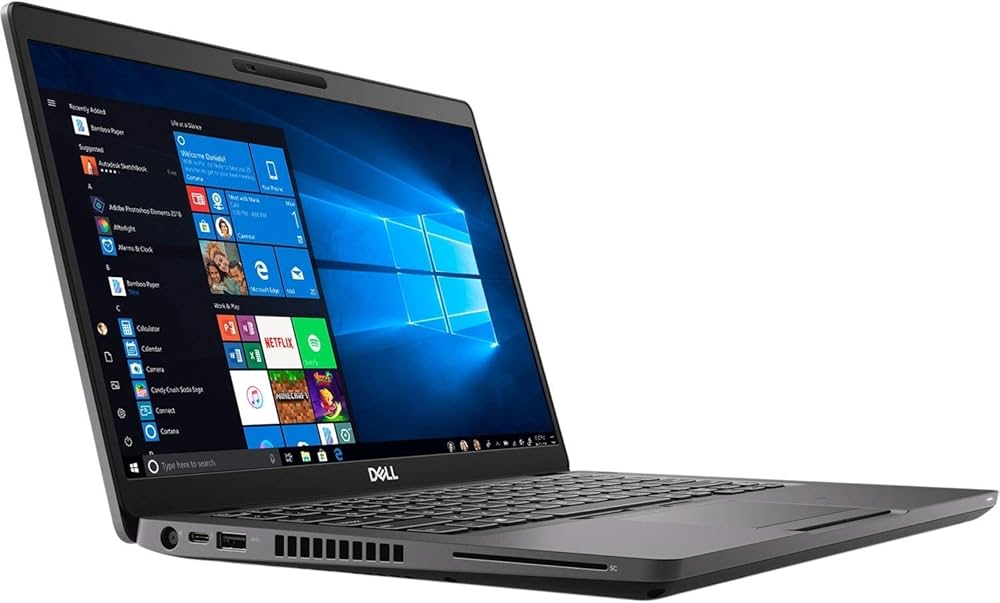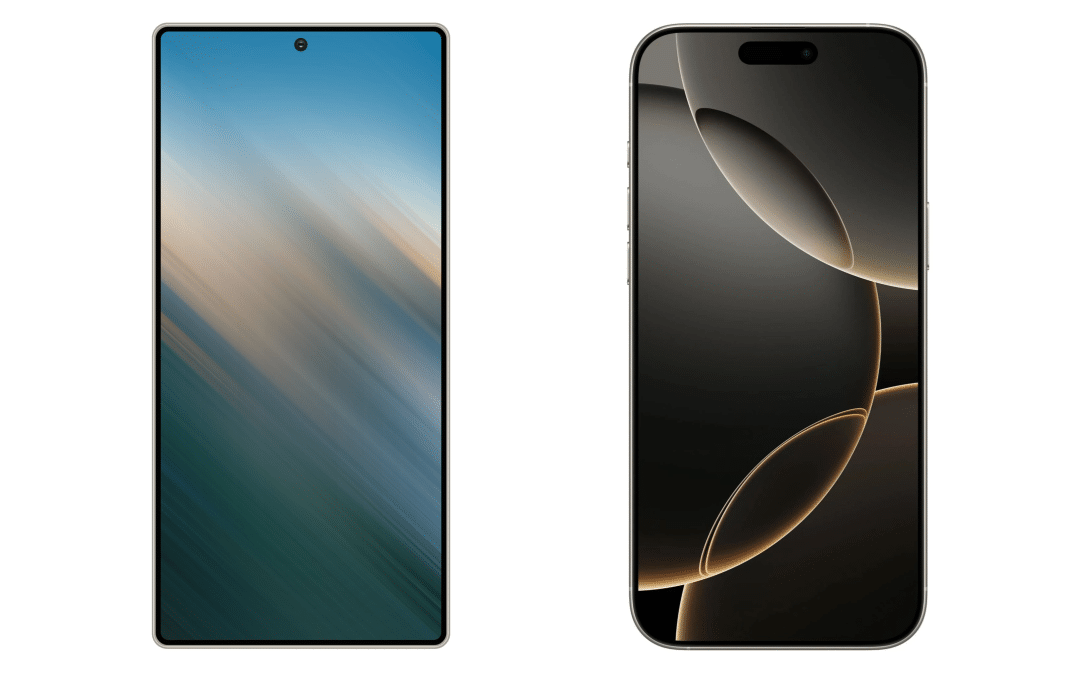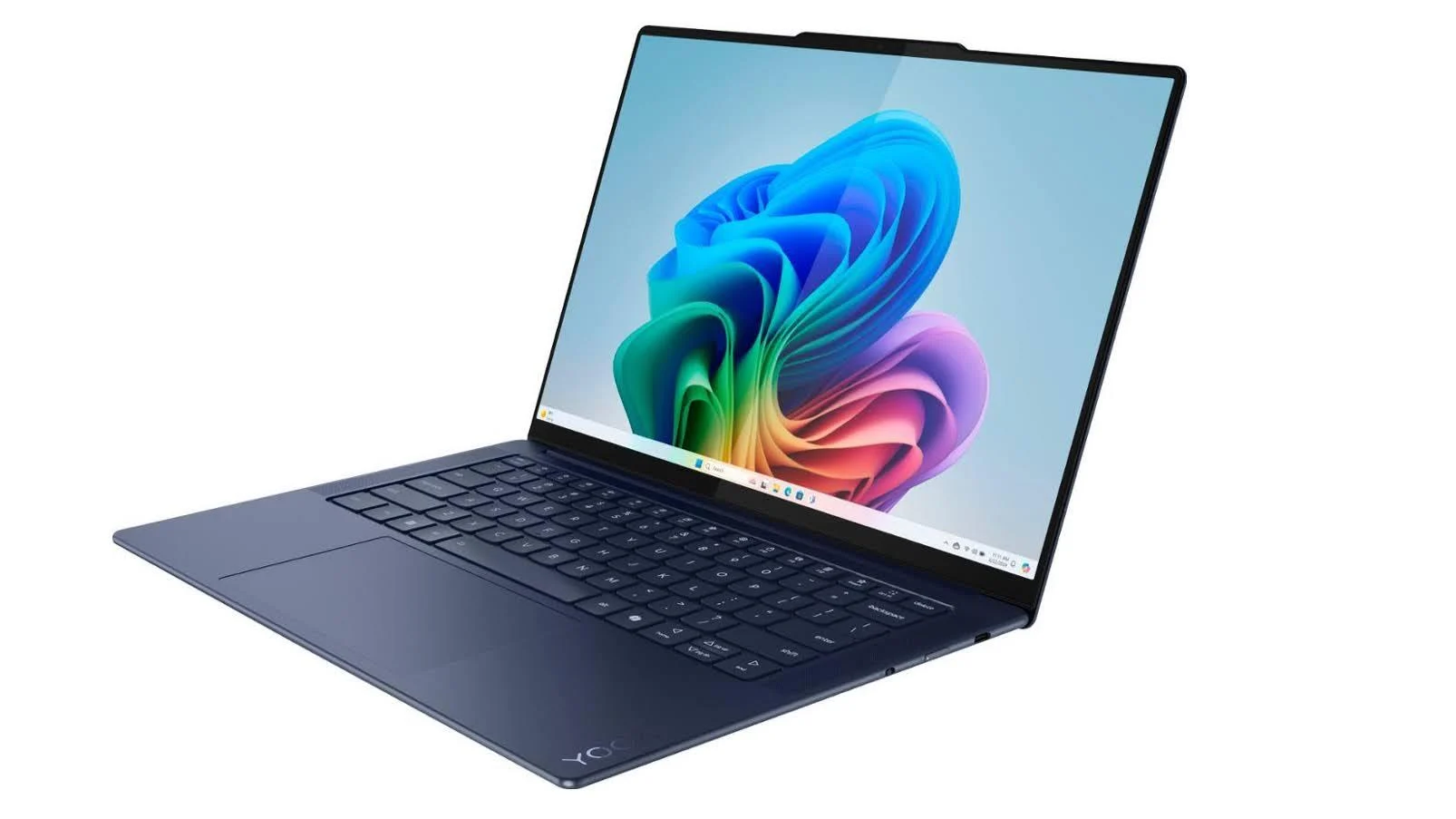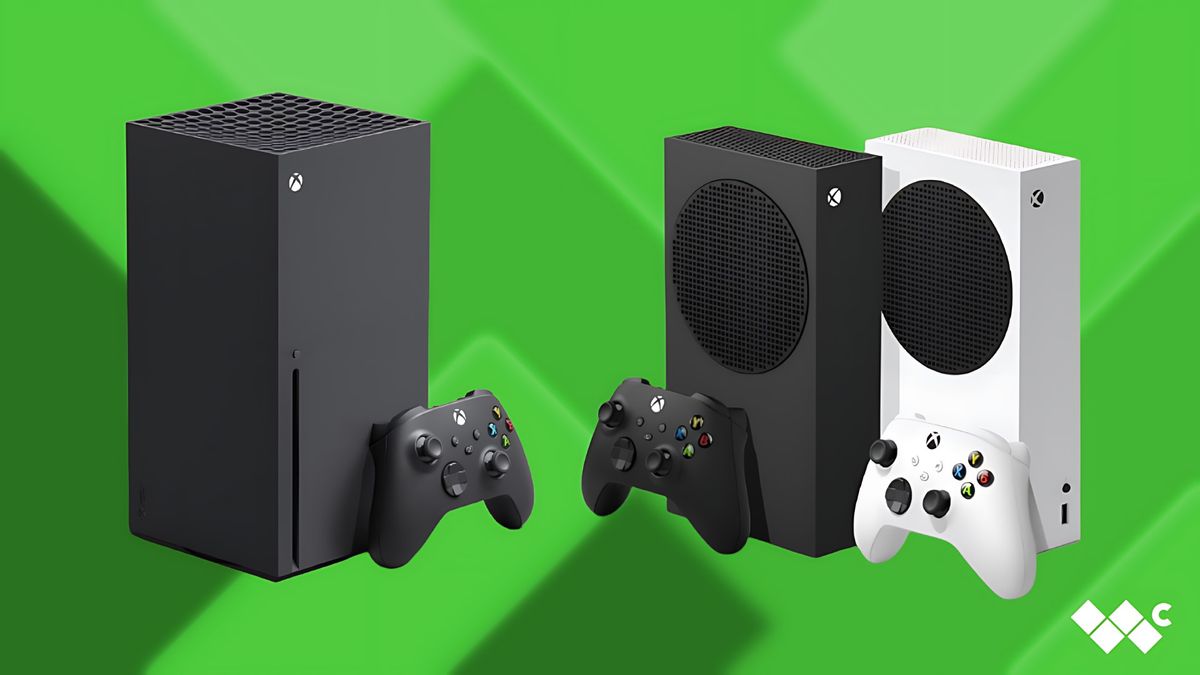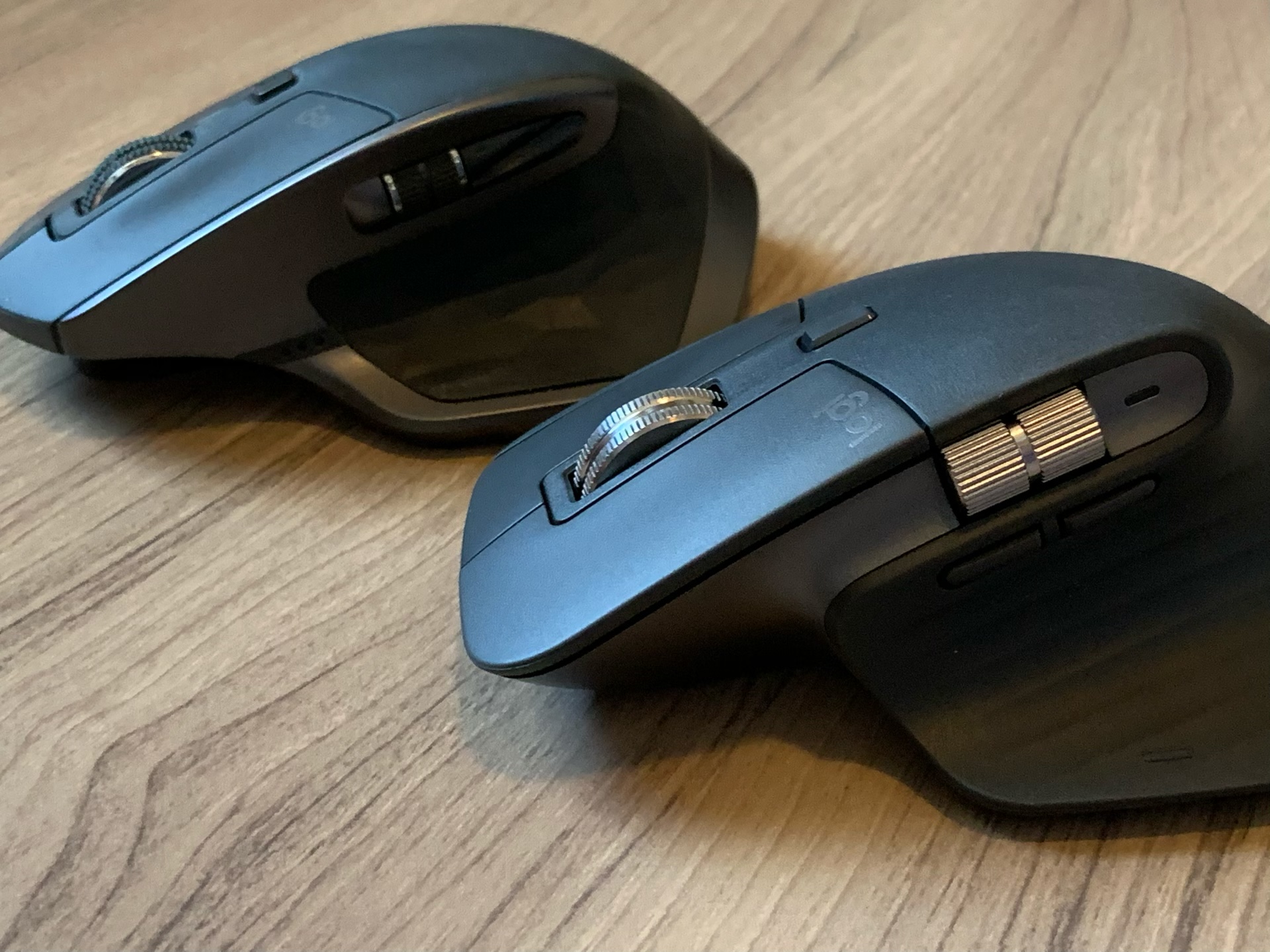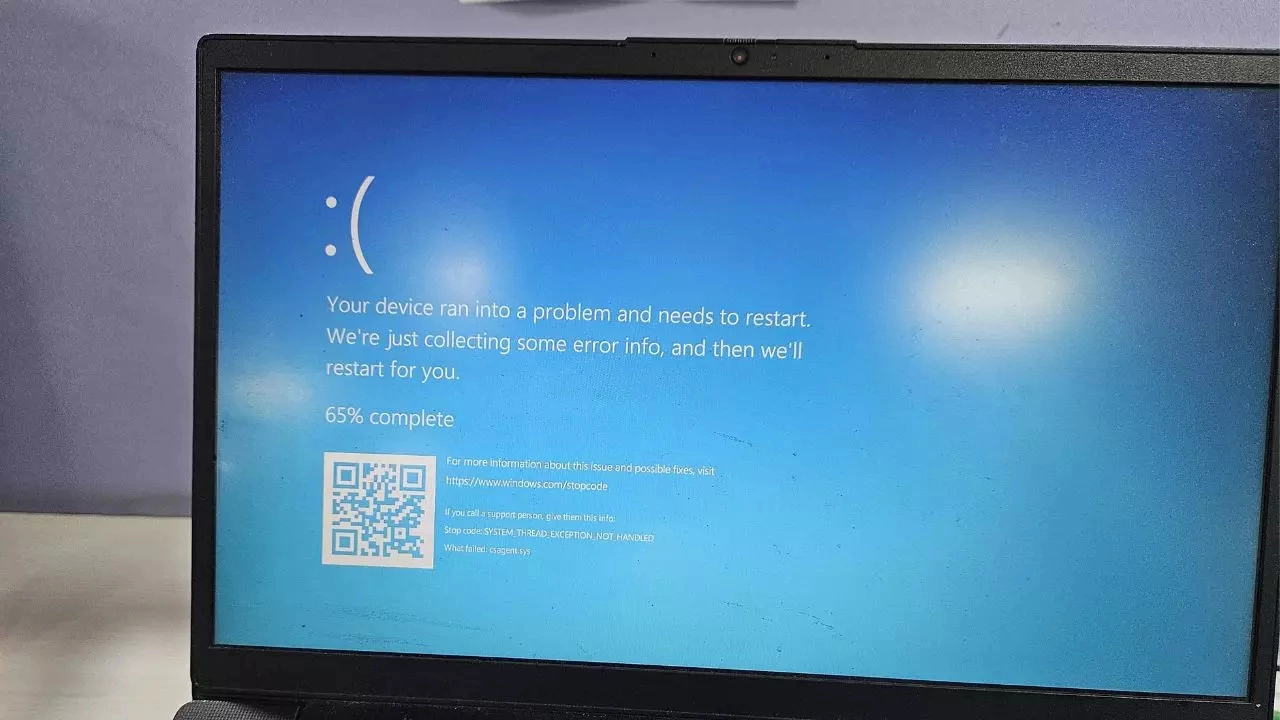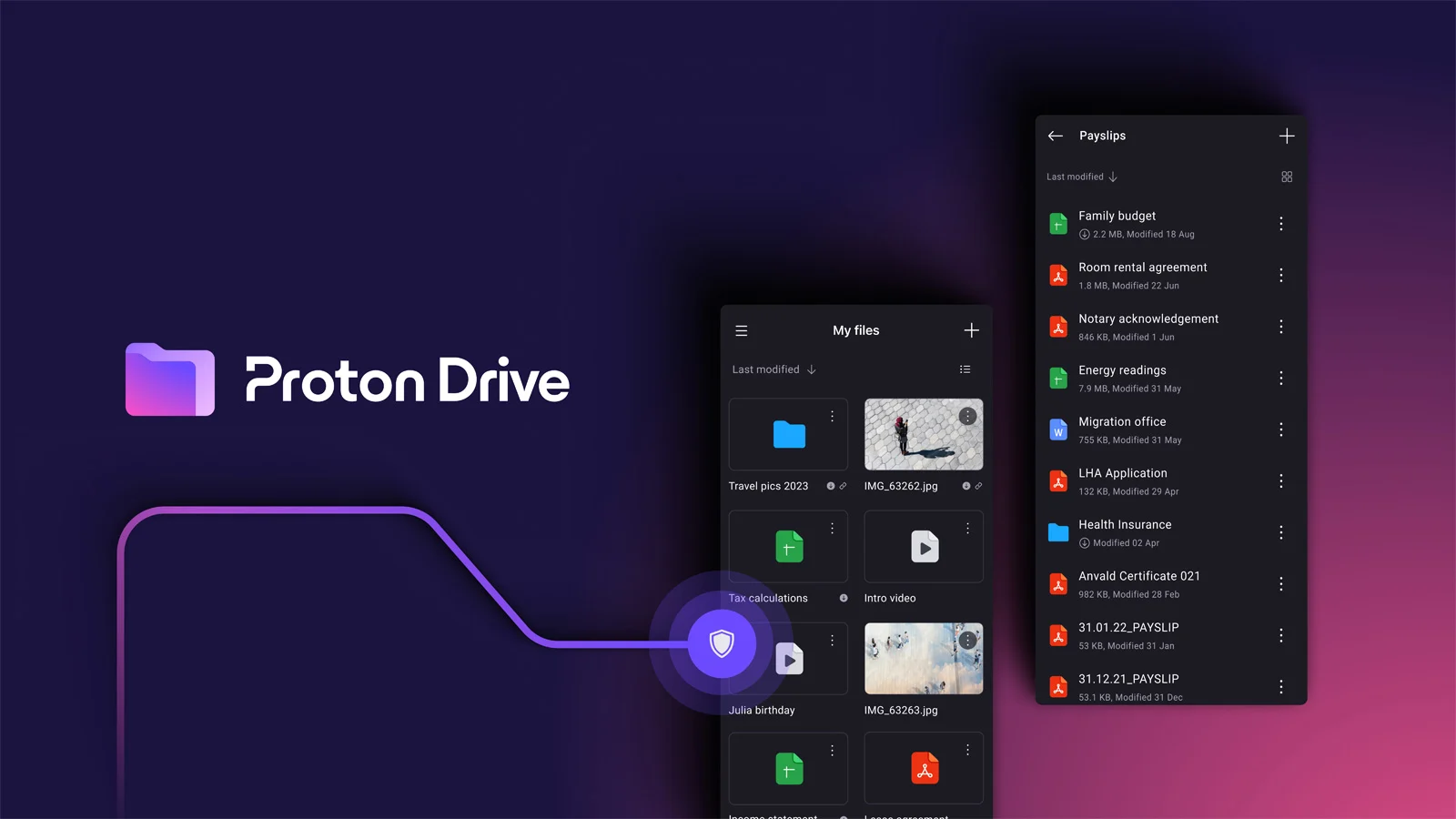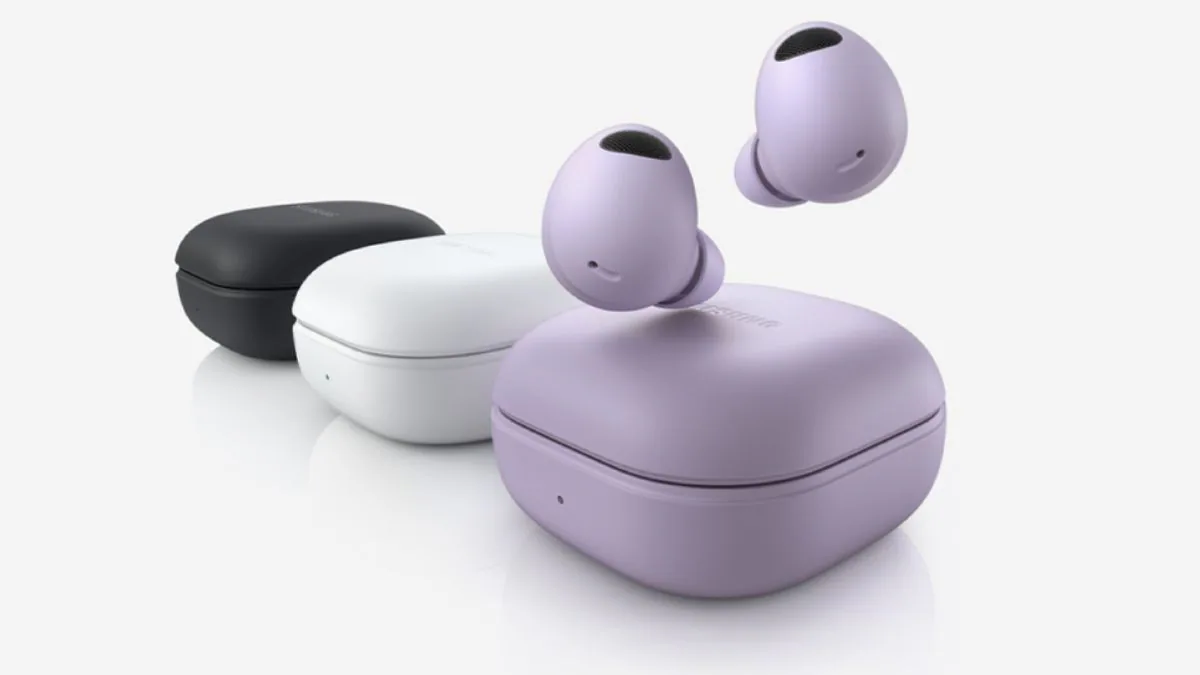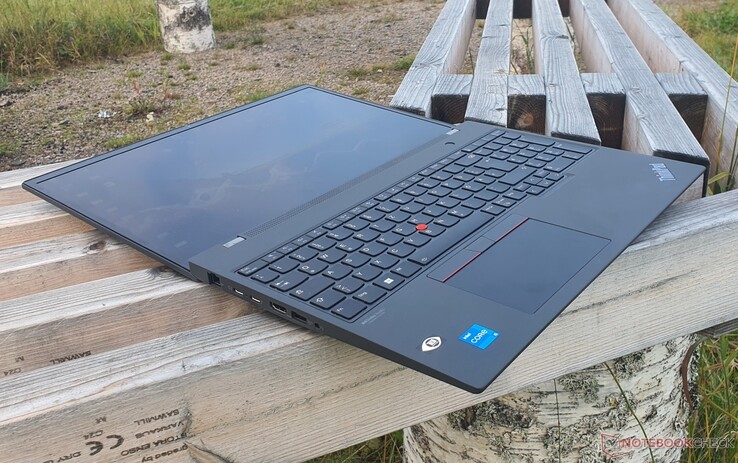The Dell Latitude 5490 is a business-oriented laptop designed for professionals who require reliability, performance, and portability. Powered by Intel’s 8th Generation Core i5 processor, this device combines robust functionality with a sleek design, making it a strong contender for office and on-the-go productivity.
Read also: Acer Nitro V with RTX 4060 review: A budget gaming Laptop that punches above its weight
Dell Latitude’s features and performance
The Latitude 5490 boasts a durable yet understated design, featuring a matte black finish that resists fingerprints. Its sturdy construction includes a carbon-fibre-reinforced chassis that adheres to MIL-STD 810G standards, ensuring durability against drops, shocks, and environmental conditions. The laptop weighs approximately 1.6 kilograms, balancing portability and solid build quality.
Equipped with a 14-inch Full HD (1920 x 1080) display, the Latitude 5490 delivers crisp visuals and vibrant colours. The anti-glare coating enhances visibility in bright environments, making it suitable for extended work hours. While its integrated Intel UHD Graphics 620 is not designed for intensive gaming, it handles everyday tasks and video playback efficiently.
The Latitude 5490’s Core i5-8250U processor is a quad-core chip with a base clock speed of 1.6 GHz, capable of turbo-boosting up to 3.4 GHz. Paired with 8GB of DDR4 RAM, the laptop ensures smooth multitasking and responsiveness, even with multiple applications running simultaneously. It also includes a 256GB SSD, providing fast boot times and sufficient storage for documents and essential software.
This laptop excels in connectivity, offering a variety of ports to accommodate different peripherals. It features USB 3.1 ports that enable fast data transfer, ensuring efficient file sharing and device connectivity. The Latitude 5490 includes both HDMI and VGA ports for video output, making it compatible with modern and legacy external displays. The RJ-45 Ethernet port provides a stable wired internet connection, while the built-in SD card reader allows quick access to media files. Additionally, the laptop supports Bluetooth and Wi-Fi, ensuring seamless wireless connectivity in professional and personal environments.
Battery security features, operating system and software
The Latitude 5490 prioritises security, making it ideal for industries requiring strict data protection. It integrates a fingerprint scanner for secure logins, a Trusted Platform Module (TPM 2.0) chip for encryption, and optional support for smart card readers. These features work together to safeguard sensitive information, providing peace of mind for business users.
One of the standout features of the Latitude 5490 is its impressive battery life. The laptop’s 68Wh battery offers up to 12 hours of usage under typical workloads. This ensures uninterrupted productivity during long workdays or travelling, making it a reliable, professional companion.
Read also: Chromebooks get a new button dedicated to Google’s AI
The Latitude 5490 ships with Windows 10 Pro, a system tailored for business use. It also includes Dell’s suite of utilities, such as Dell Command | Update, which simplifies system updates, and Dell Power Manager, which optimises battery performance. These software tools enhance the user experience by streamlining maintenance and maximising efficiency.
The Dell Latitude 5490 Core i5 8th Gen is a reliable workhorse tailored for professionals. Its robust performance, durable build, and security features make it a worthy investment for those seeking a dependable laptop for business needs. While not suited for high-end gaming or creative tasks, it delivers consistent performance for everyday productivity.
With its competitive price point and feature set, the Latitude 5490 is a solid choice in the business laptop segment.
